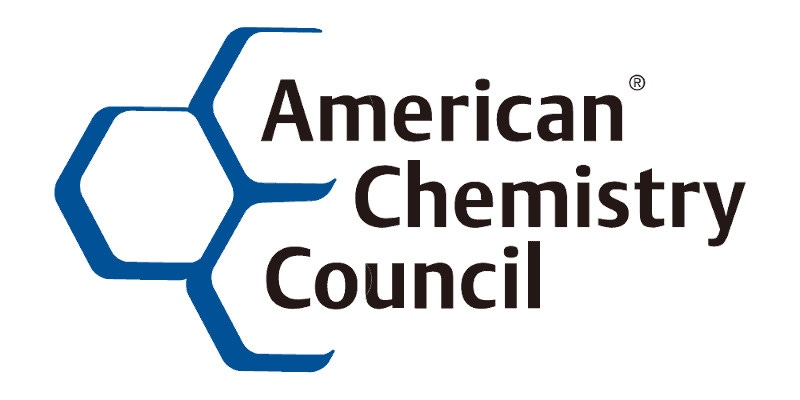U.S. specialty chemicals market volumes fell 4.1% in February according to the American Chemistry Council (ACC).
March 24, 2021

After a solid start to the year, winter storms dampened U.S. specialty chemicals market volumes in February, according to the American Chemistry Council (ACC). Volumes fell 4.1% in February, bringing activity back to 3Q 2020 levels. Of the 28 specialty chemical segments that ACC monitors, only six expanded in February, down from 21 in January, while 22 segments declined. On a sequential basis, diffusion was 21% in February, off from 77% in January. Of the six segments rising in February, only foundry chemicals, rubber processing chemicals, and textile specialties featured gains of 1% or more.
During February, overall specialty chemicals volumes were off 7.6% on a year-over-year (Y/Y) basis. Volumes stood at 103.8% of their average 2012 levels in February. This is equivalent to 7.07 billion pounds. On a year-earlier basis, five chemical segments showed gains: Cosmetic additives, electronic chemicals, flavors and fragrances, food additives, and water management chemicals. On a year-earlier basis, diffusion was 18% in February.
Specialty chemicals are materials manufactured on the basis of the unique performance or function and provide a wide variety of effects on which many other sectors and end-use products rely. They may be individual molecules or mixtures of molecules, known as formulations. The physical and chemical characteristics of the single molecule or mixtures along with the composition of the mixtures influence the performance end product. Individual market sectors that rely on such products include automobile, aerospace, agriculture, cosmetics and food, among others.
Specialty chemicals differ from commodity chemicals. Specialties may only have one or two uses, whereas commodities may have multiple or different applications for each chemical. Commodity chemicals comprise most of the production volume in the global marketplace, while specialty chemicals make up most of the diversity in commerce at any given time and are relatively high value, with greater market growth rates.
This data set is the only timely source of market trends for 28 market and functional specialty chemical segments. Chemistry directly touches over 96% of all manufactured goods, and trends in these specialty chemical segments provide a detailed view of trends in manufacturing. The data also shed light on how various consumer end-use markets are performing compared to others in the marketplace.
About the Author(s)
You May Also Like




